Ronald D Stone
age ~46
from Arnold, PA
- Also known as:
-
- Ronald Dstone
Ronald Stone Phones & Addresses
- Arnold, PA
- Washington, PA
- Natrona Hts, PA
- Elizabeth, PA
- 1059 Overlook Dr, Washington, PA 15301
Isbn (Books And Publications)

Prophetic Realism: Beyond Militarism and Pacifism in an Age of Terror
view sourceAuthor
Ronald H. Stone
ISBN #
0567026418


Professor Reinhold Niebuhr: A Mentor to the Twentieth Century
view sourceAuthor
Ronald H. Stone
ISBN #
0664253903

Against the Third Reich: Paul Tillich's Wartime Addresses to Nazi Germany
view sourceAuthor
Ronald H. Stone
ISBN #
0664257704


Christian Realism and Peacemaking: Issues in U.S. Foreign Policy
view sourceAuthor
Ronald H. Stone
ISBN #
0687075726


Medicine Doctors

Ronald Kaye Stone
view sourceSpecialties:
Psychiatry
Neurology
Neurology
Education:
Thomas Jefferson University (1961)
Us Patents
-
Robust Stain Detection And Quantification For Histological Specimens Based On A Physical Model For Stain Absorption
view source -
US Patent:6577754, Jun 10, 2003
-
Filed:May 29, 2002
-
Appl. No.:10/158486
-
Inventors:Ronald Stone - Pittsburgh PA
Othman Abdulkarim - Pittsburgh PA
Michael Fuhrman - Pittsburgh PA -
Assignee:TissueInformatics, Inc. - Pittsburgh PA
-
International Classification:G06K 900
-
US Classification:382133, 382128, 382129, 382134, 600309, 600310, 600317, 600322, 600442
-
Abstract:A physics based model of the absorption of light by histological stains used to measure the amount of one or more stains at locations within tissue is disclosed. The subsequent analysis results in several improvements in the detection of tissue on a slide, improvements to autofocus algorithms so focusing during image acquisition is confined to tissue, improvements to image segmentation and identification of tissued and its features, improvements to the identification of stain where multiple stains are used, and improvements to the quantification of the extent of staining. The invention relates to the application of these improvements to stain detection and quantification to provide for objective comparison between tissues and closer correlation between the presentations of such features and concurrent patterns of gene or protein expression.
-
Robust Stain Detection And Quantification For Histological Specimens Based On A Physical Model For Stain Absorption
view source -
US Patent:6819787, Nov 16, 2004
-
Filed:May 12, 2003
-
Appl. No.:10/435812
-
Inventors:Ronald Stone - Pittsburgh PA
Othman Abdulkarim - Pittsburgh PA
Michael Fuhrman - Pittsburgh PA -
Assignee:Icoria, Inc. - Research Triangle Park NC
-
International Classification:G06K 900
-
US Classification:382133
-
Abstract:A physics based model of the absorption of light by histological stains used to measure the amount of one or more stains at locations within tissue is disclosed. The subsequent analysis results in several improvements in the detection of tissue on a slide, improvements to autofocus algorithms so focusing during image acquisition is confined to tissue, improvements to image segmentation and identification of tissued and its features, improvements to the identification of stain where multiple stains are used, and improvements to the quantification of the extent of staining. The invention relates to the application of these improvements to stain detection and quantification to provide for objective comparison between tissues and closer correlation between the presentations of such features and concurrent patterns of gene or protein expression.
-
Quantification And Differentiation Of Tissue Based Upon Quantitative Image Analysis
view source -
US Patent:20030048931, Mar 13, 2003
-
Filed:Mar 25, 2002
-
Appl. No.:10/106582
-
Inventors:Peter Johnson - Wexford PA, US
Othman Abdulkarim - Pittsburgh PA, US
Michael Fuhrman - Pittsburgh PA, US
Mark Disilvestro - Fort Wayne IN, US
Ronald Stone - Pittsburgh PA, US
Mark Braughler - Upper St. Clair PA, US -
International Classification:G06K009/00
G06K009/46
G06K009/66 -
US Classification:382/128000, 382/190000
-
Abstract:We disclose quantitative geometrical analysis enabling the measurement of several features of images of tissues including number, size, density of extracted hepatocyte nuclei, and other metrics. Automation of feature extraction creates a high throughput capability that enables analysis of histologically prepared tissue sections for accurate quantification of extracted features from tissues. Measurement results are input into a relational database where they can be statistically analyzed and compared across studies. As part of the integrated process, results are also imprinted on the images themselves to facilitate auditing of the results. The analysis is objective, fast, repeatable and accurate and provides an alternative or supplement to the subjective analysis of tissue slides by a pathologist.
-
System And Method Of Generating And Storing Correlated Hyperquantified Tissue Structure And Biomolecular Expression Datasets
view source -
US Patent:20040086873, May 6, 2004
-
Filed:Oct 31, 2002
-
Appl. No.:10/286478
-
Inventors:Peter Johnson - Wexford PA, US
Andres Kriete - Pittsburgh PA, US
Keith Boyce - Wexford PA, US
Ronald Stone - Pittsburgh PA, US
Andrew Lesniak - Pittsburgh PA, US -
International Classification:C12Q001/68
G06F019/00
G01N033/48
G01N033/50 -
US Classification:435/006000, 702/020000
-
Abstract:We disclose a method for the correlation of structural feature information derived from digital images of a diagnostic set of histopathological tissue specimens from a group of subjects with shared characteristics and molecular activity (which may be either gene or protein expression) information derived from related specimens of the same set to provide for the objective characterization and analysis of the variability of tissue structural features in relation to such molecular activity (the product of such correlation referred to herein as the “correlated tissue information”). Such correlated tissue information allows for comparison and combination with correlated tissue information obtained through studies taking place at different times, with different protocols for the collection, preservation, histological staining and molecular activity assays of the tissue. The present invention specifically relates to a system and method to obtain and store correlated tissue information by combining hyperquantified feature expression data with gene and/or protein expression data. Such a system also allows for the relation of such correlated tissue information to certain clinical diagnoses or conditions through the inclusion or exclusion parameters describing the shared characteristics of the set of subjects providing the tissue specimens for analysis.
-
Systems And Methods In Digital Pathology
view source -
US Patent:20140257857, Sep 11, 2014
-
Filed:Jul 27, 2012
-
Appl. No.:14/235179
-
Inventors:Michael Meissner - Pittsburgh PA, US
Ronald Stone - Pittsburgh PA, US
Raghavan Venugopal - Pittsburgh PA, US -
Assignee:OMNYX, LLC - Pittsburgh PA
-
International Classification:G06F 19/00
G06Q 50/24 -
US Classification:705 3
-
Abstract:A system and method of increasing digital pathology productivity is provided. The system accepts case information from a plurality of sources and pre-processes that information in order to present the slides in an order and orientation dictated by preference and/or reviewing standard. Upon application of the system and method, the appearance and behavior of the user interface is optimized for the user.
Name / Title
Company / Classification
Phones & Addresses
Managing
Texas Star Studios LLC
Managing
Ronald Stone Trucking LLC
SSA-STOR, LLC
SSA, LTD
THE LAKES CENTER, LTD
2 W S LLC
S & I INVESTMENT CO., LTD
SAWMILL P.T., LLC
Vehicle Records
-
Ronald Stone
view source -
Address:1059 Overlook Dr, Washington, PA 15301
-
Phone:7246321947
-
VIN:1GYFK132X9R247522
-
Make:CADILLAC
-
Model:ESCALADE
-
Year:2009
Resumes

Mudlogger
view sourceLocation:
New Kensington, PA
Industry:
Oil & Energy
Work:
Diversified Well Logging, Llc
Mudlogger
Accutrex Products, Inc. Feb 2011 - Jul 2013
Materials Handler
Mudlogger
Accutrex Products, Inc. Feb 2011 - Jul 2013
Materials Handler
Education:
International Academy of Design

Ronald Stone
view source
Ronald Stone
view source
Ronald Stone
view source
Ronald Stone
view source
Avp, Sales At Instaforum, Ltd.
view sourcePosition:
AVP, Sales at InstaForum, Ltd.
Location:
United States
Industry:
Business Supplies and Equipment
Work:
InstaForum, Ltd.
AVP, Sales
AVP, Sales
Lawyers & Attorneys

Ronald Stone - Lawyer
view sourceISLN:
903380605
Admitted:
1973
University:
University of Akron,, B.A., 1966
Law School:
Akron University Law School, J.D., 1973
License Records
Ronald D Stone
License #:
RS064441A - Expired
Category:
Real Estate Commission
Type:
Real Estate Salesperson-Standard
Flickr
Plaxo

Ronald Stone
view sourceFlintstone,GA 30725
Myspace
Youtube

Ronald Stone
view source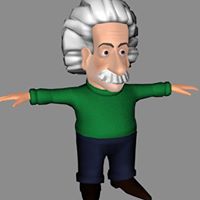
Ronald Stone
view source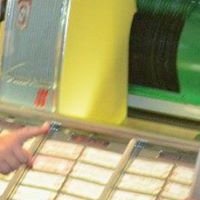
Ronald Stone
view source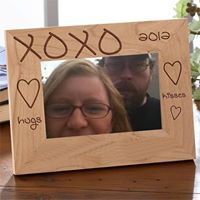
Ronald Stone
view source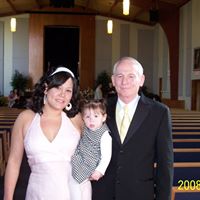
Ronald Stone
view source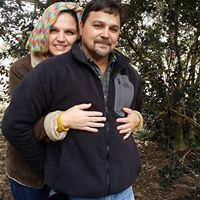
Ronald Stone
view source
Ronald Seldon Stone
view source
Ronald Swagged Stone
view sourceClassmates

Ronald Stone
view sourceSchools:
Bath High School Bath ME 1962-1966
Community:
Heidi Howard, Robert Lutz, Panama Geddy, Sheryl Bjork

Ronald Stone
view sourceSchools:
New Holland High School New Holland OH 1943-1947
Community:
Straud Knisley

Ronald Stone
view sourceSchools:
Strathcona Composite High School Edmonton Azores 1959-1963
Community:
Shea Stiles, Douglas Dodge

Ronald Stone
view sourceSchools:
university of illinois at champaign Champaign IL 1961-1965
Community:
Thomas Hayes, Jim Slagle, Richard Ghetzler, Thomas Liss

Ronald Stone
view sourceSchools:
Hughes Springs High School Hughes Springs TX 1967-1971
Community:
Linda Hill

Ronald Stone
view sourceSchools:
Emerson Elementary School Spokane WA 1940-1944
Community:
Autumn Connolly, Mary Carlisle, Mike Mcallister, Mischael Paris

Ronald Stone
view sourceSchools:
Gorham High School Gorham IL 1958-1962
Community:
Nancy Stewart, Dwight Cox, Peggy Ellis, Billie Kessel

Ronald Stone
view sourceSchools:
Great Bridge High School Chesapeake VA 1959-1963
Community:
Gloria Catlett
Googleplus
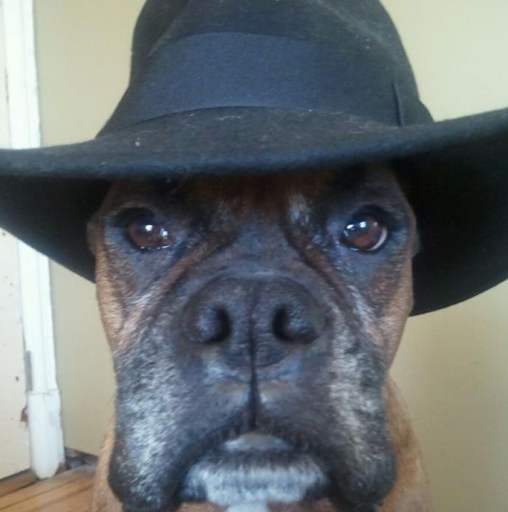
Ronald Stone
Work:
RON STONE MERCHANDISING SERVICES LLC

Ronald Stone
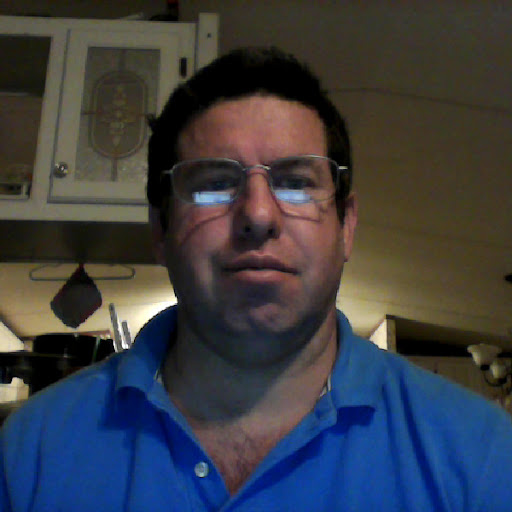
Ronald Stone
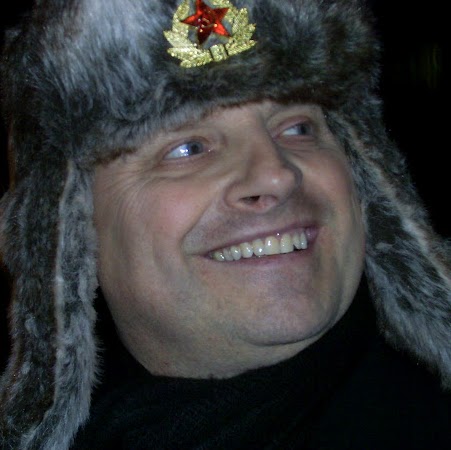
Ronald Stone

Ronald Stone
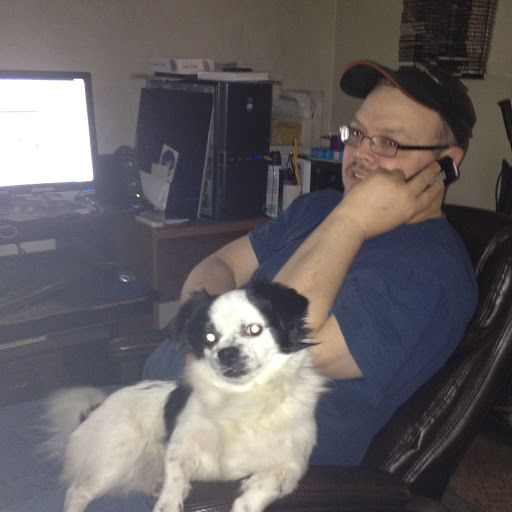
Ronald Stone

Ronald Stone
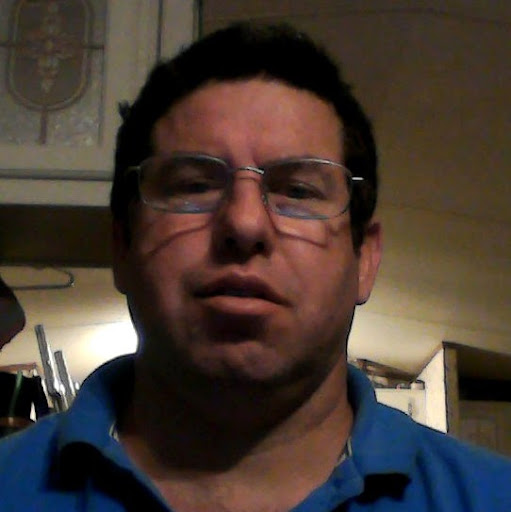
Ronald Stone
Get Report for Ronald D Stone from Arnold, PA, age ~46














